I often have people ask about the differences between various capes and saddles we have in stock and thanks to the Whiting Farms Olympic Grading System, it is a lot easier to understand what you are getting when you purchase a cape or saddle. Of course, at Troutlore we always try to show photos of the actual cape or saddle you are purchasing when it comes to the higher priced feathers. If you are looking for a Whiting or Metz cape or saddle, we usually show photos of the exact item that will be sent.
With that in mind, the Whiting Farms Olympic System does help you understand what it is you can expect from any cape or saddle you choose. But, be aware that it is just a guide, an average to give you an idea of what to expect. What we continually find, especially with the Pro Grade saddles, is that you actually get far more flies per saddle than the grade would suggest. Of course, this all comes down to how heavily you hackle you flies, which will in turn depend on which flies you are tying. Some feathers from Pro Grade and Bronze Grade saddles that we use for our own tying here have exceeded a dozen flies per feather, which greatly undervalues the grading on these capes and saddles which can be very full at times.
Here’s a little from Whiting Farms themselves about the grading system:
Whiting Farms Olympic Grading System was developed to consistently grade capes and saddles across all dry fly product lines. Whiting Farms does not grade from harvest to harvest or “batch to batch”. We do not grade to push up or down pelts to meet certain sales requirements or financial obligations. We do not grade to meet consumer demand. Rather, our grading methodology remains consistent throughout the years and is independent of any bias that would skew the true value of the pelt. When grading our pelts, one rule-of-thumb always stands true: the quality level of the feather is always consistent. What does this mean? It means that each dry fly feather has a supple quill, void of twist, contains dense barbing and is greater than 85% web-free. If a pelt doesn’t meet this core criteria, the pelt is never sold in retail.
How is a pelt determined to be a bronze, silver, gold or better with teh Whiting Farms Olympic Grading System? Once the quality of the feather is determined to be retail grade (see above), then several factors are observed to categorize each pelt. In summary, a few key elements determine the value of a pelt between bronze, to silver to gold. Factors such as useable feather length, uniformity of feather length, barb stiffness, size range in the entire pelt, stem condition, feather quantity, consistent coloration, and more are all looked at to determine grade. In all, there are more than 25 elements that are taken into consideration when grading a pelt. If a pelt is densely feathered, offers a wide size range and the feathers have long, usable dry fly portions, the pelt will grade out rather high, maybe even a gold or better.
Of course, if you have any questions about a specific cape or saddle, all you need to do is get in touch and we would be more than happy to help you find the right feathers for your needs. If we don’t have what you are looking for, the team at Troutlore is always happy to hunt out special requests. So if you’re looking for some really special feathers, just get in touch and we will see what we can do.

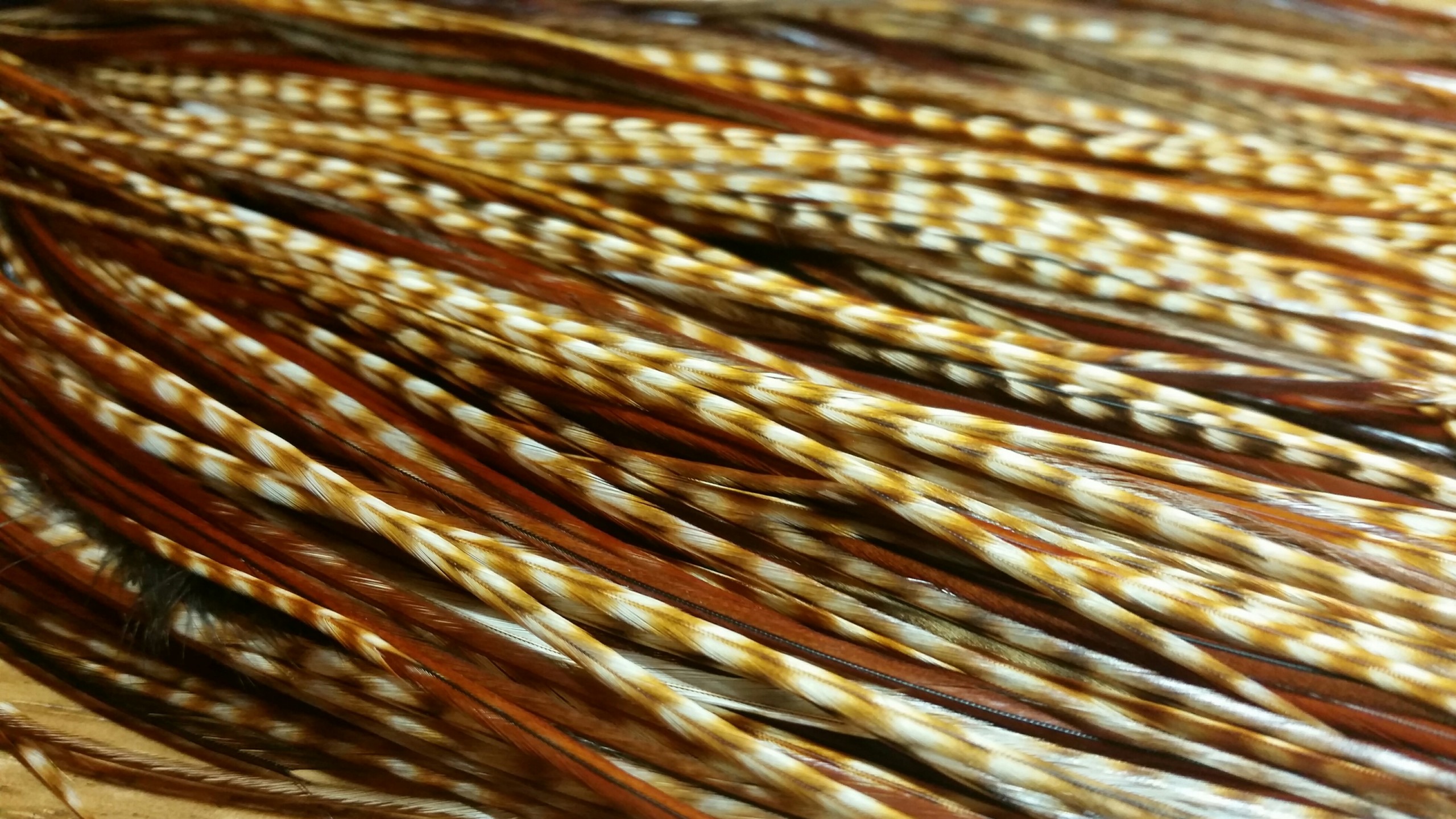
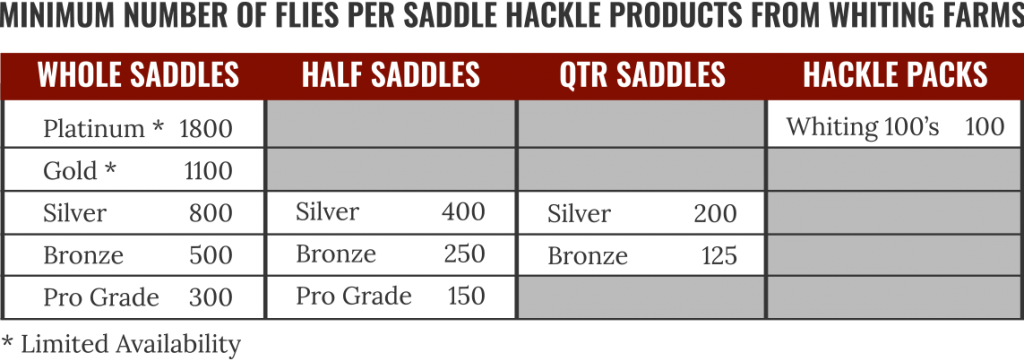
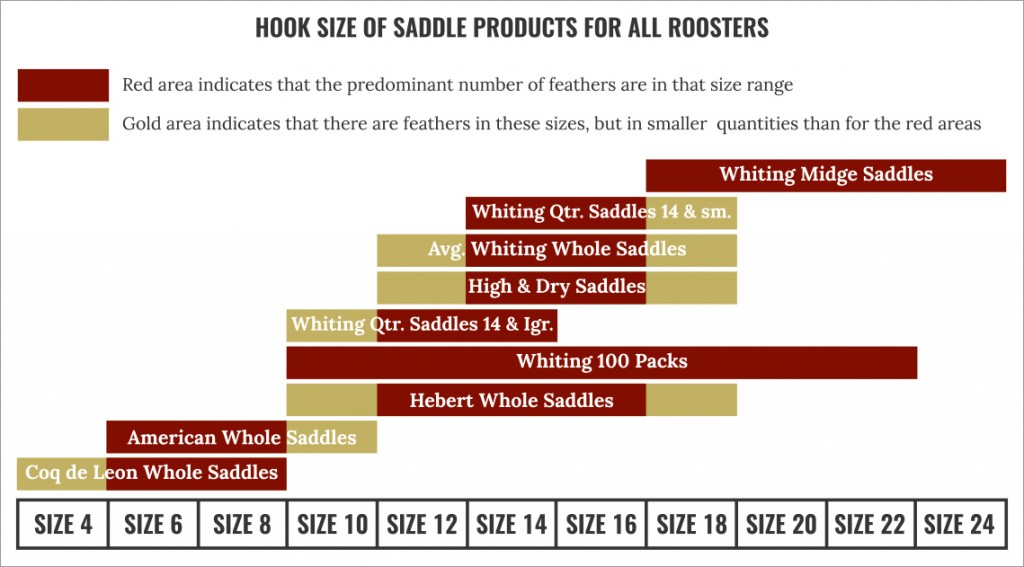
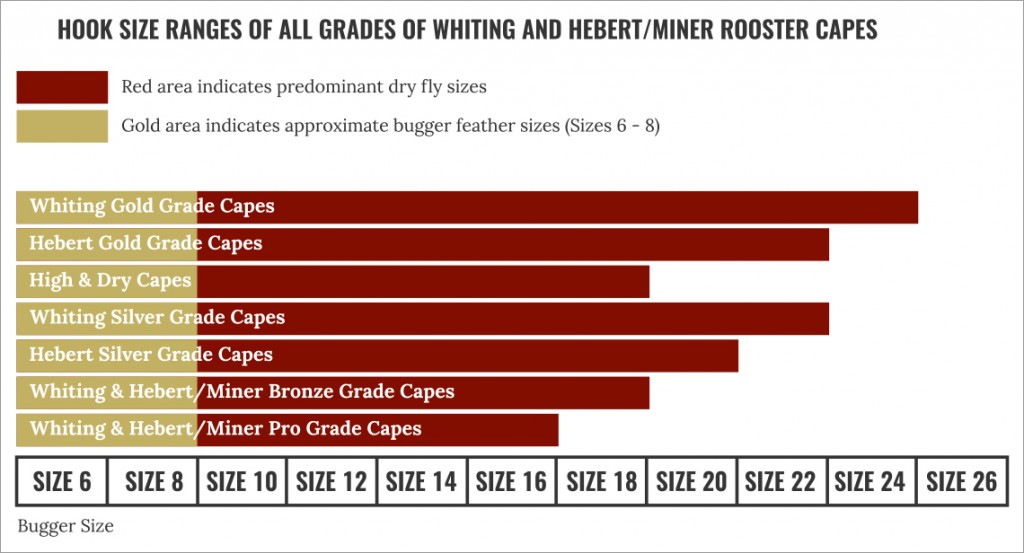
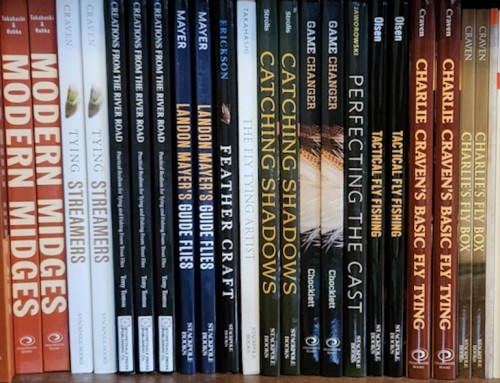
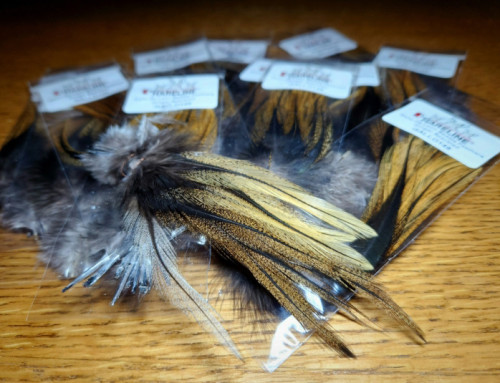
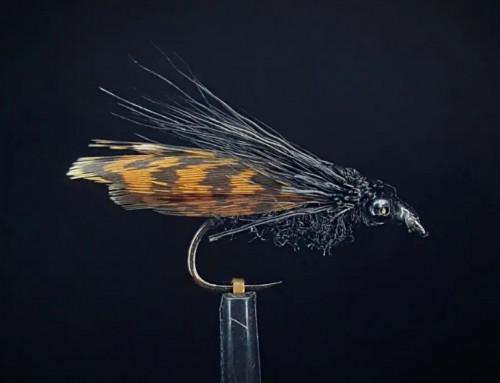
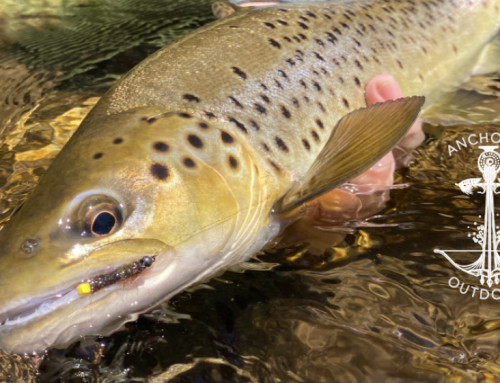
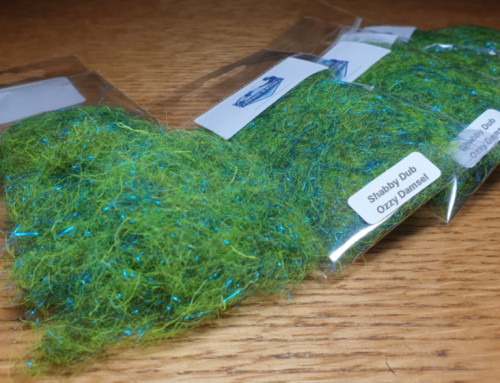
Leave A Comment
You must be logged in to post a comment.